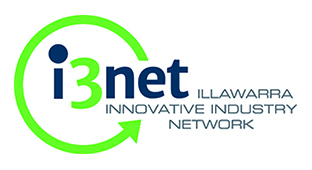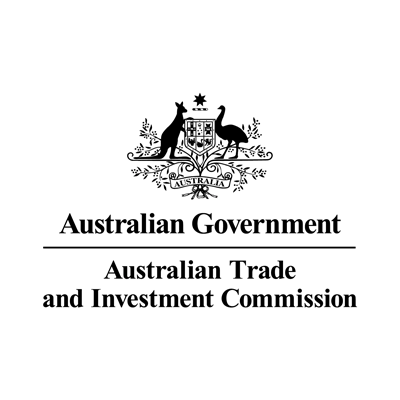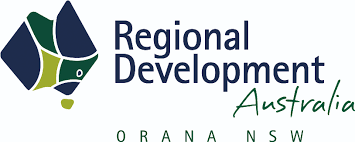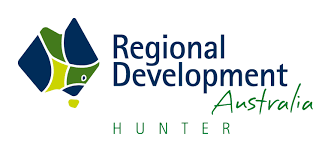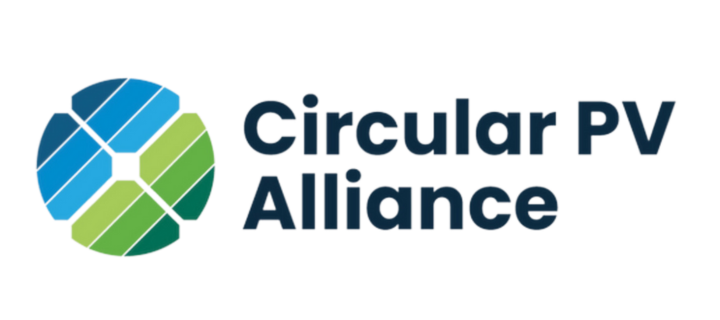Tomago Aluminium weighs options as power costs threaten 2028 operations
Tomago Aluminium has launched consultation with employees on the potential closure of its Hunter smelter after warning that electricity prices beyond 2028 could make production unviable, prompting urgent talks between the company, governments, and unions.
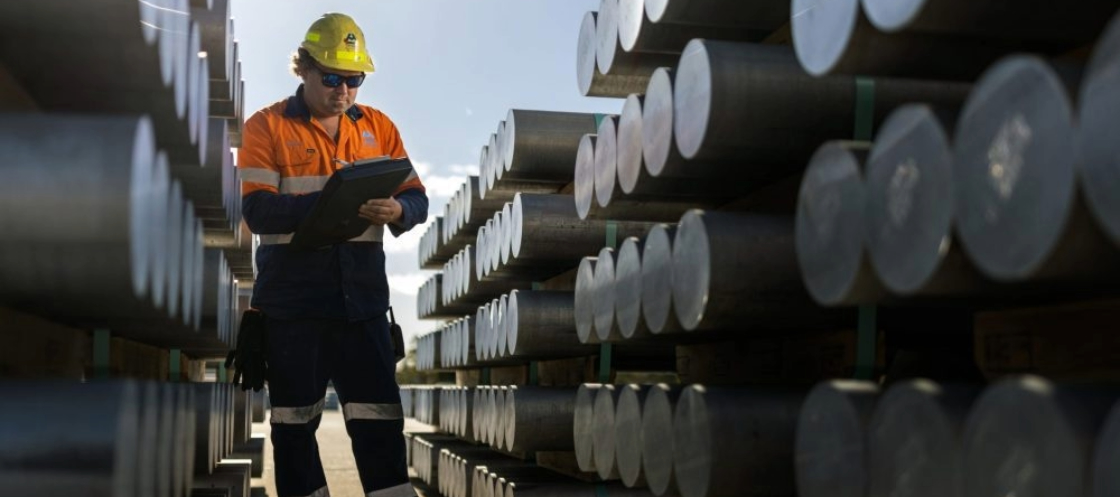
Tomago Aluminium has begun discussions with employees about the future of its Hunter Valley operations, citing rising electricity costs and uncertainty over future power supply. The move follows a three-year effort to secure an affordable energy contract to replace its current agreement with AGL, which ends in December 2028.
The company said that despite extensive engagement with the energy market, it had not identified a commercially sustainable option that would allow the smelter to continue operating beyond the expiry of its current contract. Energy costs represent more than 40 percent of Tomago Aluminium’s total expenses, and proposals for both renewable and coal-based power have been priced too high to sustain ongoing production.
Consultation underway
Chief Executive Officer Jérôme Dozol said the company would now seek feedback from employees and unions before making any decisions.
“An aluminium smelter like Tomago needs long-term, reliable and internationally competitive price,” Mr Dozol said.
He added that while operations continue safely and normally, the company must be realistic about the market conditions it faces.
“We continue to engage with stakeholders on a viable pathway for Tomago,” he said, noting that no final decision has been made and that consultation will continue until 21 November.
Government engagement
The announcement has prompted coordinated responses from both state and federal governments. The NSW Premier and senior ministers said the state recognised the distress the situation has caused for workers and their families and confirmed that discussions with Tomago Aluminium and the Commonwealth were ongoing.
Speaking to ABC Newcastle, Federal Minister for Industry and Innovation Tim Ayres described the development as “very difficult news” for Hunter communities. He said the government was working with Tomago and the NSW Government “to make sure that there’s good blue-collar jobs and industrial capability in Australia’s industrial heartland”.
Mr Ayres said similar challenges were being addressed elsewhere in the aluminium sector, pointing to Rio Tinto’s Boyne Island smelter in Queensland, which has secured renewable power through government-backed investment. He said the federal government was open to further discussions about options for the Hunter site.
Tomago’s place in the Hunter economy
Operating since 1983, Tomago Aluminium is Australia’s largest smelter, producing up to 590,000 tonnes of aluminium annually — nearly 40 percent of national output. The facility employs more than 1,000 people and supports thousands more in contracting and supply roles. It is jointly owned by Rio Tinto, Gove Aluminium Finance, and Norsk Hydro.
Earlier this year, Tomago hosted Prime Minister Anthony Albanese and senior ministers to announce federal support for low-carbon aluminium under the Future Made in Australia Plan. At that time, Mr Dozol said the company remained committed to decarbonising its operations by 2035 and to maintaining its contribution to local industry.
While those long-term goals remain, the next stage of consultation will determine whether the smelter can find a viable energy solution — or whether 2028 could mark the end of more than four decades of aluminium production in the Hunter.


